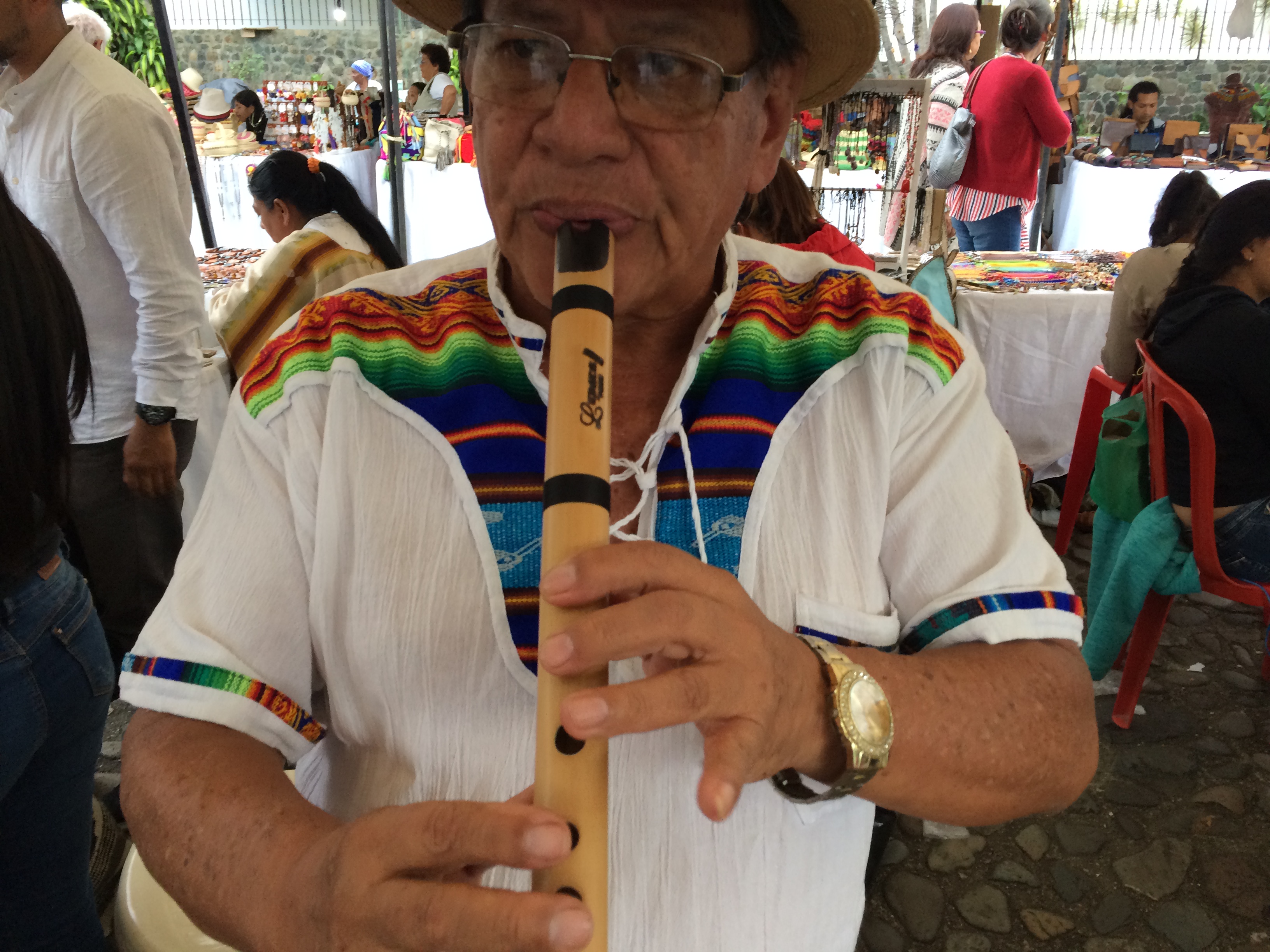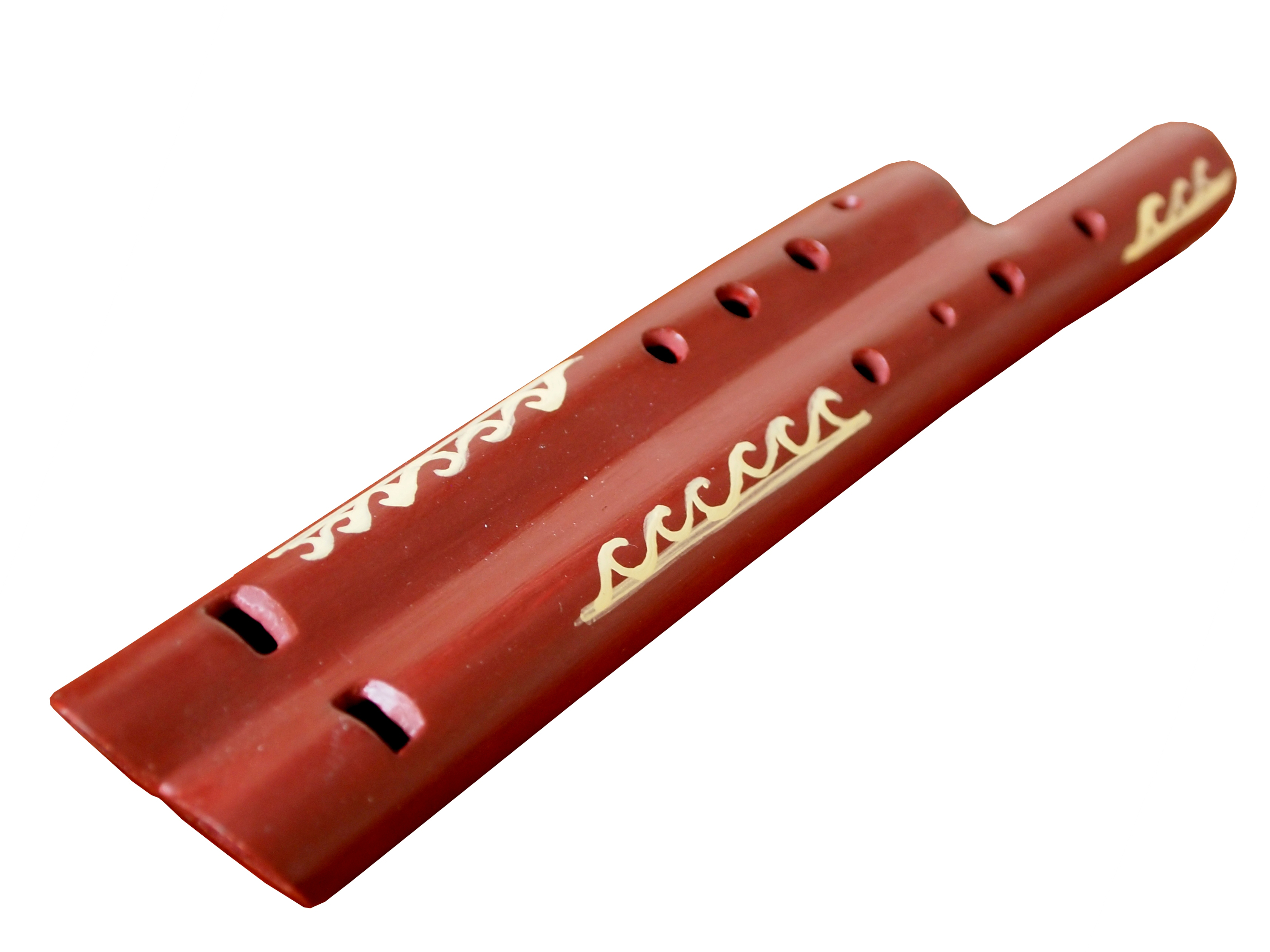Musical instruments, in general, are designed to be played at temperatures ranging from 20°C to 24°C, and this includes native instruments as well. In this article, we will discuss bamboo, a preferred material for the construction of native flutes due to its unique vibration.
Bamboo is a highly temperature-sensitive material. Bamboo flutes are designed to be played at the temperatures mentioned above. Bamboo tends to lower its factory tuning by half a step when exposed to cold climates, and conversely, it raises its factory tuning by half a step when exposed to extremely hot climates.
Therefore, those who play street music in cities with extreme climates should take this variable into account when selecting the original tuning of their bamboo flutes. In cold climates, if you aim to achieve a tuning of 440Hz, it is recommended to play with a flute whose factory tuning for temperatures of 20°C to 24°C is 445Hz, as the tuning tends to drop by half a step in the cold. In the case of extremely hot climates, the recommendation is the opposite. It is advisable to play with flutes manufactured at 435Hz to achieve a tuning of 440Hz.
Generally, the climate does not affect wood flutes in the same way, as their tuning remains unaffected. However, extreme temperature changes can cause cracks in some woods. Woods such as ebony, guayacan, jacaranda, among others, are quite resistant to these changes.
Temperature does not play a role in altering the tuning of bone-made quenas. However, in cold climates, temperature fluctuations between the exterior and the interior of the flute when it is being played can lead to cracks in the bone. Therefore, it is recommended to play the quena in a controlled temperature environment.





